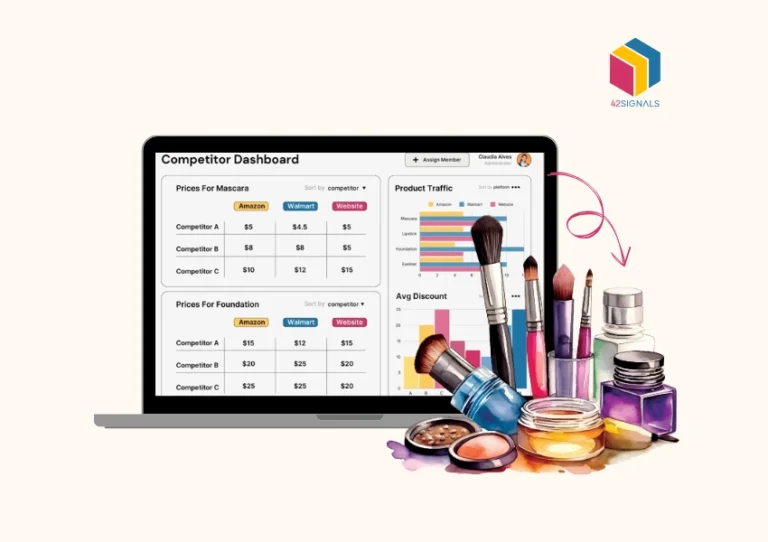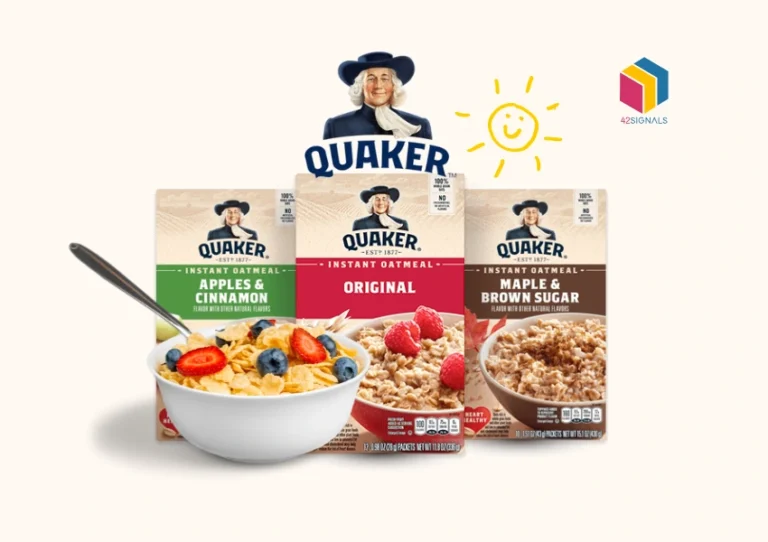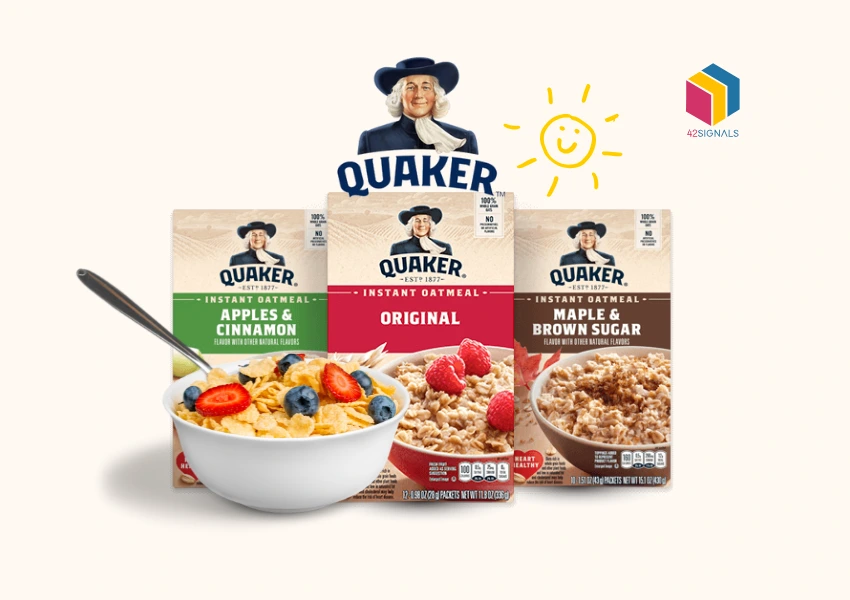Let me tell you a story. In 2019, I was working with a brand that was this close to quitting Amazon altogether. The “ergonomic office chair” listing—meticulously optimized, stuffed with every keyword my team could brainstorm—was stuck on page 4, generating nothing but disappointment. We couldn’t figure out the Amazon keyword strategy.
Then, while browsing niche forums and deep-diving into customer reviews, I found a phrase no tool had suggested: “lower back pain office chair for tall people.” We implemented it immediately.
Three weeks later, our sales had tripled. Same product. Same price. Just better keywords.
That’s the difference between average sellers and strategic ones. It’s not about stuffing listings with keywords—it’s about using the right keywords that attract ready-to-buy customers.
Amazon Isn’t Google—It’s a Conversion Engine | The Amazon Keyword Strategy
SEO on Amazon isn’t about traffic. It’s about purchase intent. Ranking high doesn’t mean much if your listing doesn’t convert. The Amazon A9 algorithm, now evolving into A10, is smarter than ever. It doesn’t just track what shoppers type—it tracks what they do afterward.
Every search and click feeds Amazon’s machine-learning engine. It observes:
- Whether a customer clicks your listing but bounces within seconds
- Whether they browse reviews or jump straight to checkout
- Whether they keep the product or return it in a week
If your keywords bring the wrong traffic, Amazon notices. And it penalizes you. That’s why the Amazon keyword strategy is so important to get right.
Why Your “Perfect” Keywords Are Still Underperforming
You might be ranking for top keywords like “bluetooth headphones” or “wireless earbuds,” but if those visitors don’t convert, your rank slips fast. Amazon’s algorithm favors relevance and retention—not just volume.
If a buyer types in a phrase, lands on your listing, and doesn’t buy—or worse, returns the product—A9/A10 assumes your listing didn’t satisfy the query.
A Real Example
One of our clients was struggling to sell their indoor grow lights. They were targeting “LED grow lights”—a broad, competitive term. After analyzing reviews and digging into actual customer needs, we changed their focus keyword to “LED grow lights for seed starting.”
The result? A 73% increase in conversions in less than a month. Why? Because people searching that specific phrase were looking to buy immediately—not just browsing.
The Right Way to Do Amazon Keyword Research
Anyone can run a tool like Semrush. But if you’re only looking at what everyone else is looking at, you’re always a step behind. Real keyword research is proactive. It’s investigative. It’s tedious. And it works.
Autocomplete Autopsies
Start by typing your base keyword into Amazon’s search bar. Watch what it auto-suggests. That’s not just filler—it’s Amazon showing you what real people are searching for.
Type in “yoga mat,” and you’ll likely see suggestions like:
- yoga mat for hardwood floors
- yoga mat with alignment line
- yoga mat 1 inch thick non-slip
These aren’t guesses. They’re live insights into shopper intent. Alternatively, performing this exercise for multiple products is very tedious. 42Signals helps such brands with the right keywords to target with our keyword suggestions dashboard

Review Mining
This tactic separates amateurs from pros. Dig into competitor reviews—not just the 5-star ones, but also the 3-star and below. Look for use cases, specific pain points, and phrasing customers use naturally.
A customer might say, “I bought this dog bed for my 70-pound German Shepherd who’s getting old and needs extra padding.”
That tells you more than any keyword tool. Incorporate phrases like: “Orthopedic dog bed for large breeds over 60 lbs”. That’s a buying phrase, not just a browsing term.
42Signals’ voice of customer analytics comes with the necessary features to understand customer sentiment and then use that data to pinpoint what keywords could be used.
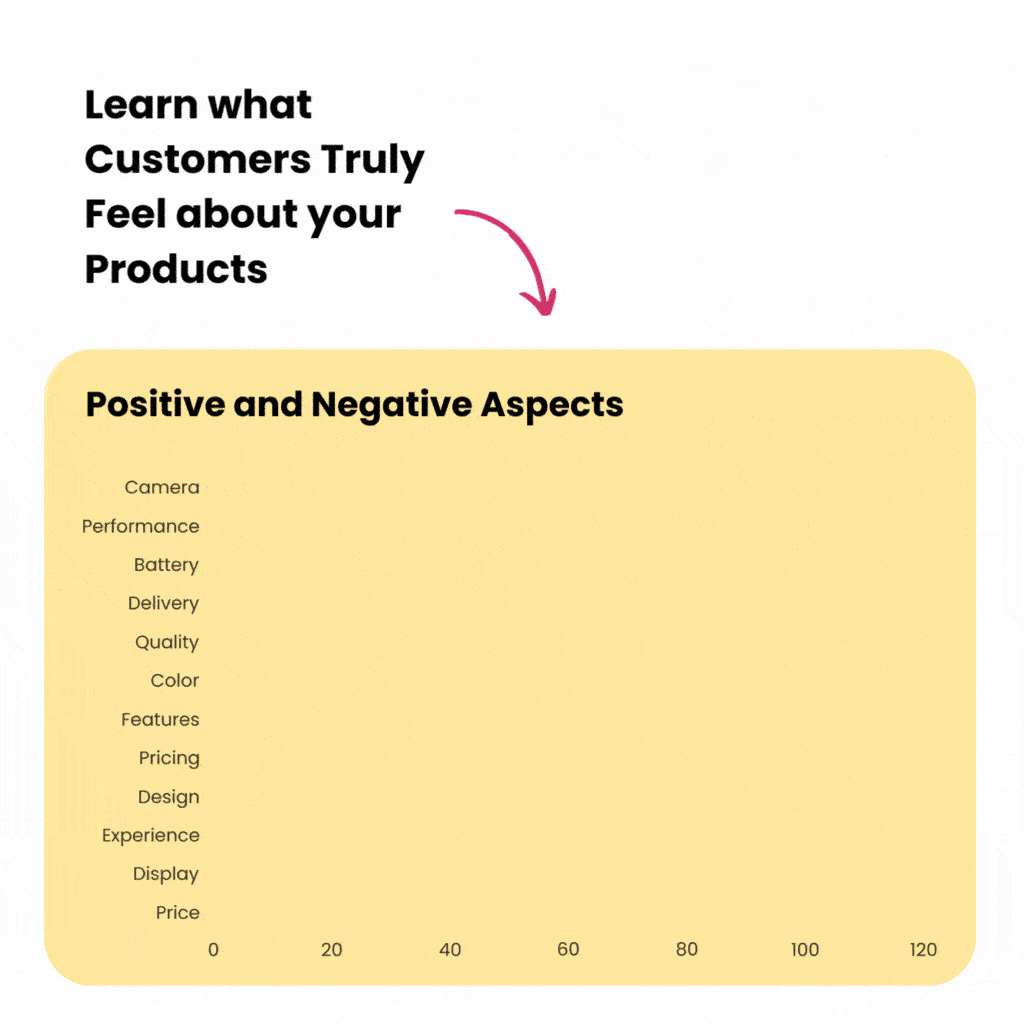
The Ugly Spreadsheet Method
We once helped a client selling spices break into the top rankings by manually scraping the top 10 competitor listings—titles, bullets, A+ content—and dumping it into Excel.
We highlighted recurring adjectives like:
- Smokey, Keto-friendly, Low-sodium
Then we combined them with overlooked terms like:
- Brisket rub, Dry rub for ribs
We built listings using these insights, not what the tools told us. Six months later, they were outranking household names like McCormick.
Mindset Shift: Tools Are Not Strategy
Keyword tools are useful, but only if you’re asking the right questions. Too many sellers obsess over moving from rank #12 to #8 for a keyword that never converts. Focus less on movement, more on momentum.
Cluster Your Keywords
Think in keyword families, not individual phrases.
- Primary: noise cancelling headphones
- Secondary: airplane headphones with mic
- Tertiary: over-ear headphones for small heads
Then watch performance across the cluster. Are people searching these terms buying? If not, you’re optimizing for traffic, not sales. Keywords need to be chosen carefully for all three categories to ensure the product description taps into the right buying intent.
The 80/20 Rule Applies
Typically, 20% of your keywords will drive 80% of your results. Find those 20%. Optimize around them. Double your PPC budget on them. Build variations of those keywords into your titles and bullets. This can be understood through a competitor analysis dashboard. Looking at what keywords competitors are ranking for is a great way to start the exercise.
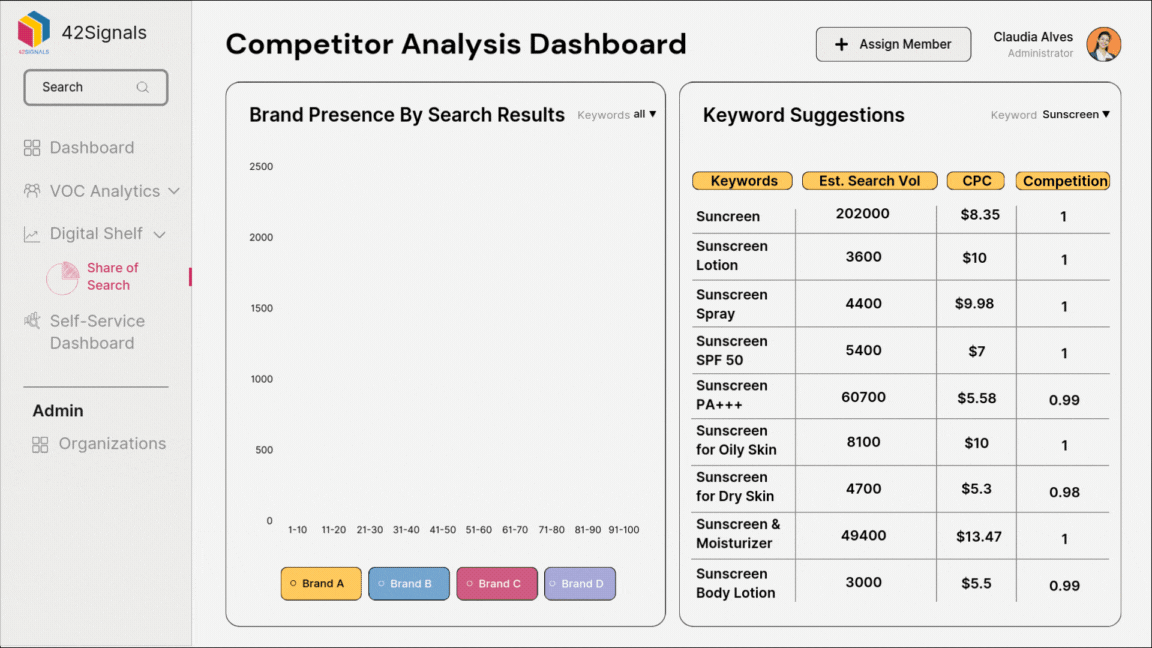
Case Study
A skincare client was targeting “pimple patches.” Huge search volume. But when we added “acne patches for sensitive skin,” conversions doubled—even though the term had one-tenth the traffic.
They shifted their budget, content, and listing structure around that insight. Within six weeks, their ROI increased by 158%.
Amazon Keyword Strategy and CRO Must Match
You can have perfect keywords, perfect images and still lose if your listing tells the wrong story. If you’re ranking for “premium hiking boots” and your bullets highlight affordability, you create confusion, and confusion kills conversion.
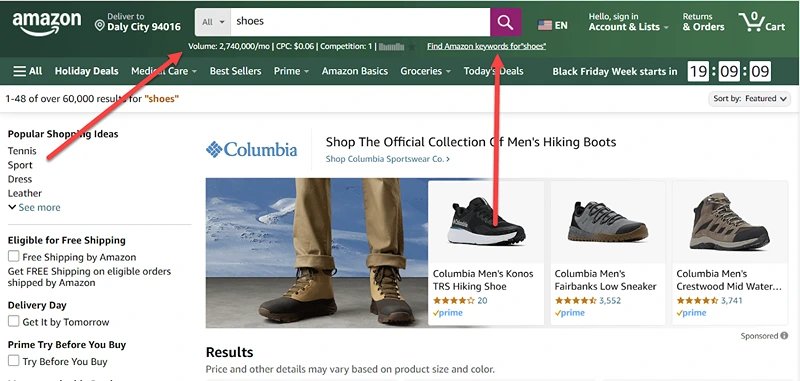
Image Source: Keywords Everywhere
Step 1: Be Honest
If you claim “waterproof” and your product is only water-resistant, expect returns and negative reviews. One of our clients had to pull inventory after Amazon flagged their claim during a customer complaint.
It’s always better to choose honesty about the product rather than use false marketing claims.
Step 2: Tell Micro-Stories
Don’t list features. Give real-life context.
Instead of: “Durable stainless steel water bottle” Write: “Lasted 4 years of trail runs, survived 3 drops on concrete, and still keeps drinks cold through 12-hour shifts.”
That’s what builds trust.
Step 3: Use Amazon’s Language
Amazon loves its own language. Look for phrases like:
- Ships in Frustration-Free Packaging
- Frequently Bought Together
- Climate Pledge Friendly
Include them where relevant. A supplement brand added “Ships in Frustration-Free Packaging” to their bullets and saw a 22% increase in conversions.
Digital Shelf Warfare: Visibility Is Everything
Being on page one isn’t enough. You have to dominate the digital shelf—that first visual layer that shoppers see.
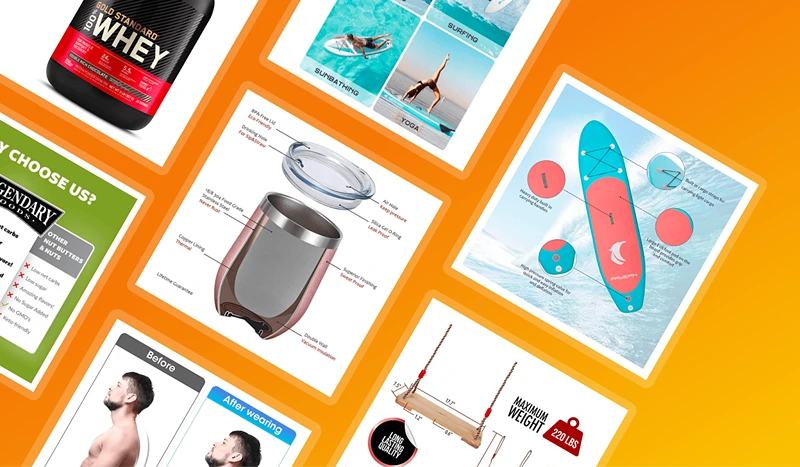
Here’s what you need:
- High-res images (at least 1600px wide)
- Keywords in your title—not just bullets or backend
- Price parity or advantage, with bonus value (bundles, free gifts, coupons)
Case Example
A coffee brand we worked with discovered that competitors were hiding “shade-grown” in their backend keywords. We moved it front and center in the title: “Shade-Grown Organic Mexican Coffee – Fair Trade Certified”
Then, we added a reusable coffee filter and matched the #1 seller’s price. They hit page one in 11 days.
The Forgotten Metric: Share of Search
Let’s say “yoga mats” gets 10,000 monthly searches. You might think ranking #1 for “extra thick yoga mat” is winning, but if you only own 0.2% of total related search traffic, you’re barely visible.
How to Improve Share of Search:

- Go after “ghost keywords”—terms competitors stopped targeting
- Exploit seasonal surges. “Valentine’s Day gift for gardeners” spikes every February
- Refresh stagnant keywords. “Bluetooth speaker” becomes “Bluetooth speaker with ChatGPT integration”
Your Keyword Playbook
The 100-10-1 Rule
- Start with 100 potential keywords
- Test 10 via PPC and click/conversion metrics
- Double down on the 1 top performer
The Keyword Kill List
Each week, prune your list. Remove keywords that:
- Have high clicks but zero sales
- Are triggering returns
- Have flatlined in rank for weeks
Pay Attention to Cultural Trends
TikTok search terms are making their way into Amazon. Gen Z isn’t typing “LED strip lights.” They’re searching: “Viral TikTok LED lights with remote”
Find those terms. Use slang when it makes sense. Speak your audience’s language.
Final Thought: Keywords Are Living, Breathing Assets
Keywords aren’t static. They evolve. Trends spike and crash. Language shifts.
I know sellers who update their listings daily. That’s extreme, but they were the first to capitalize when “Stanley Cup dupe” exploded to 500,000+ monthly searches.
You don’t need to update daily, but you do need to stay alert, stay curious, and stay testing. Tools give you data. But strategy gives you results.
Treat your keywords like investments. Nurture them. Test them. Cull the weak and scale the strong.
That’s how you win on Amazon.If you’re curious to see 42Signals in action for these different use cases, give us a try by signing up for a free trial.


